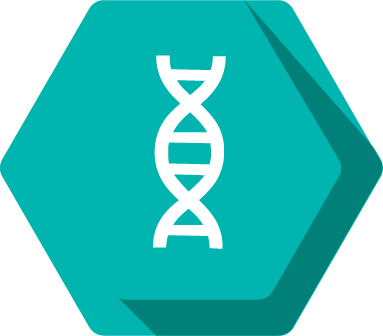Rayyan Khan

Pronouns: he/him
Research Mentor(s): Thomas Wilson, Professor
Research Mentor School/College/Department: Department of Pathology, Michigan Medicine
Presentation Date: Thursday, April 22, 2021
Session: Session 3 (1pm-1:50pm)
Breakout Room: Room 7
Presenter: 1
Abstract
Less than 35% of infertility cases across all maternal ages are successfully treated. Furthermore, miscarriages, infertility, and birth defects continue to affect families despite the great advances being made in the medical field. One of the leading causes of these tragedies is human embryo aneuploidy. Aneuploidy occurs when the embryo has missing or extra chromosomes. In order to treat infertility, the use of preimplantation genetic testing for aneuploidy (PGT-A) is key. However, there are still many unknowns about PGT-A. As a result, we will isolate single cells from IRB-approved/consented/donated human embryos used for human embryonic stem cell derivation. Then, whole genome amplification and next-generation sequencing will be used to study the embryos genomic content. We will have a team that will be developing a set of tools that can be used to characterize these single-cell data sets and to examine these cell samples for possible aneuploidy patterns within the developing embryo. Using R shiny, our development team will be able to create a web-based resource that will not only allow for interactive visualization of the genomic content but also inter-cell comparisons based on genomic data received from the Michigan Advanced Genomics Core. Our expected results are that blastocyst regional cell genetic similarity is low and that errors in embryonic mitotic segregation are frequent. Together, these two elements could contribute to the limitations in accurately predicting the genetic normalcy of embryos. By exploring the chromosomal content of the individual cells within human embryos, we may be able to gain more knowledge about PGT-A and embryonic aneuploidy. This will also ultimately help reproductive healthcare providers and patients in their future decisions in regards to childbirth and offspring health.
Authors: Rayyan Khan, Gary Smith, Thomas Wilson
Research Method: Library/Archival/Internet Research







